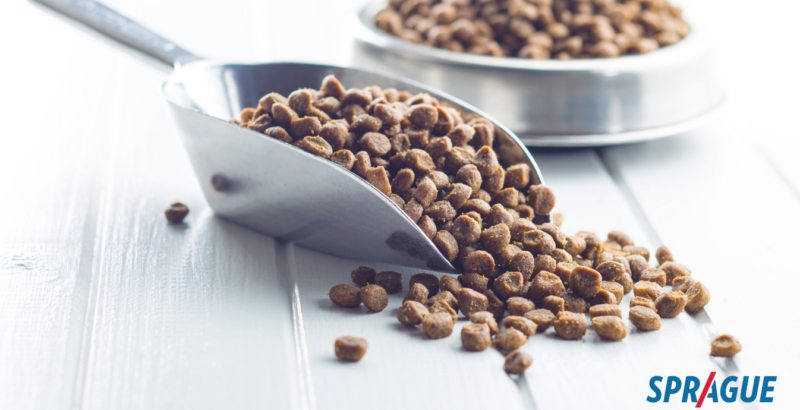The pet food industry plays a pivotal role in providing sustenance to our beloved furry companions. With millions of pets worldwide, the demand for high-quality pet food continues to grow. However, pet food manufacturers face numerous challenges, one of which is the constant threat of pests that can jeopardize both product integrity and consumer safety. At Sprague, we understand the risk and partners with manufacturer to ensure the highest standards of product quality.
What are The Pest Threats?
- Rodents: Rodents like mice and rats are attracted to pet food manufacturing facilities because they provide a constant source of food and shelter. Rodents can chew through packaging and contaminate pet food with their droppings and urine, leading to potential health hazards for pets and humans.
- Insects: Insects like flies and cockroaches are also attracted to pet food manufacturing facilities because they provide the same food source that attracts rodents. Insects can contaminate pet food with their droppings, saliva, and body parts, spreading harmful diseases like E. coli.
- Birds: Like more commercial buildings, birds like pigeons and seagulls are looking for places to roost and nest. Facilities that also have access to food and water are particularly attractive. Their droppings can be carried in on shoes or equipment, contaminating the product.
How to Prevent Pests Threats?
At Sprague we believe in pest control solutions that are preventative. We prioritize monitoring, and controlling pests through a combination of science-based techniques outlined in our Integrated Pest Management (IPM) programs.
- Facility Inspections: Our Route Managers conduct a thorough inspection to identify potential entry points, harborage areas, and conducive conditions for pests. Afterward, our team provides suggestions for preventing pest threats.
- Sanitation: Maintaining a clean and hygienic environment is crucial in deterring pests. Regular cleaning, removal of food debris, and proper waste management are essential components of an effective IPM program.
- Exclusion: Our team looks for seal cracks, gaps, and openings that allow for pests to gain access to the manufacturing facility. This proactive measure is key to reducing the risk of infestations.
- Monitoring: We utilize advanced monitoring systems, such as bait stations, to detect early signs of pest activity and allow us to respond quickly to any beginning threats.
- Non-Chemical Solutions: Whenever possible, we opt for non-chemical solutions to minimize the use of pesticides, prioritizing the safety of both pets and humans.
In the dynamic landscape of the pet food industry, safeguarding the production process from pest threats is of utmost importance. Sprague ensures pet food manufacturers maintain pest-free facilities and uphold the highest standards of product quality and safety. Through our integrated pest management strategies, targeted control measures, and compliance with regulatory standards, we help sustain the integrity of pet food manufacturing and contribute to the well-being of pets worldwide.

